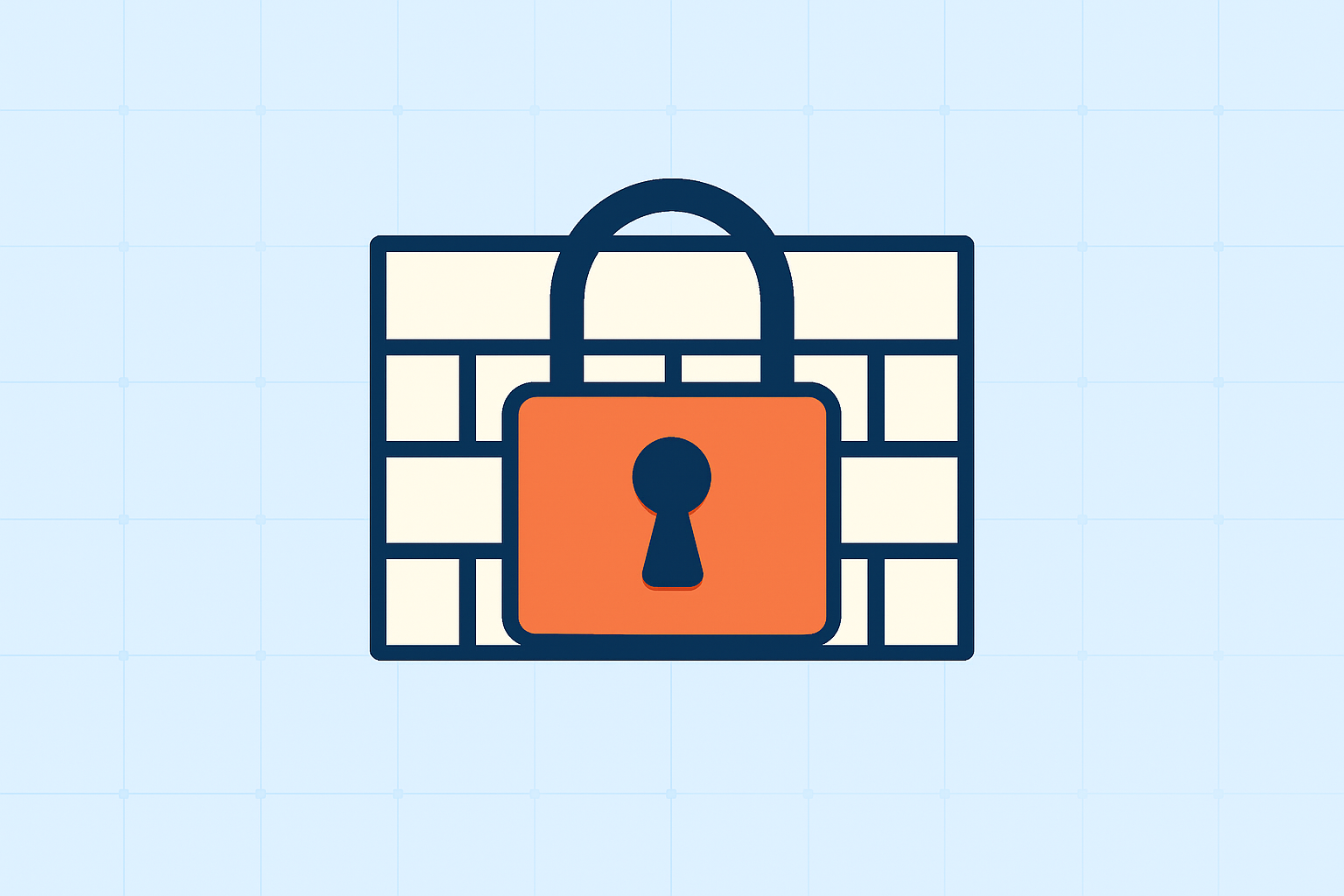
Bitnami has provided the open-source community with production-ready container images, Helm charts, and application stacks for years, supporting quick deployment of applications like WordPress and PostgreSQL. Significant changes are planned that will alter how teams access and use these resources.
Effective September 29, 2025, Broadcom (Bitnami’s parent company) will place most of Bitnami’s container image tags and associated Helm charts behind a paid subscription. Here’s the breakdown:
:latest tag for each image will remain free to use. Older versions or specific tags will be moved to a legacy repository, which will no longer receive updates or security patches.The change represents a move away from Bitnami’s model as an open community resource and will affect teams that depend on stable, versioned images for production use.
Organizations that do not move to the paid tier will be limited to using only :latest tags. This has several potential impacts:
:latest could potentially introduce changed behavior that breaks applications or pipelines.
If you’re moving from Bitnami’s paid tier to the free tier or exploring other providers, here are a few steps to guide the transition:
:latest may not align with your tested version.
For teams re-evaluating their container strategy, Minimus provides the same robust image library as Bitnami, with expanded security and compliance features to make development and security testing faster and easier.
Minimus takes on the burden of CVE scanning, triage, and updates with secure minimal secure container images, continuously rebuilt from source. By pruning unnecessary components, Minimus reduces vulnerabilities by 97% or more, taking the overhead of vulnerability management off your plate.
Teams have two options when switching from Bitnami to Minimus:
One challenge with switching from Bitnami images is that they aren’t configured the same way as public versions. Once teams standardize on Bitnami Helm charts, it becomes difficult to switch away, since other images don’t work as simple drop-ins.
Minimus solves this by providing one-to-one replacements for Bitnami’s images. You can swap our advanced images directly into existing Bitnami Helm charts without breaking compatibility.
For example, if you’re using Bitnami’s RabbitMQ Helm chart, you can replace the Bitnami image with our RabbitMQ advanced image. It has the same configuration and entry points Bitnami expects, but you get a maintained, secure Minimus image instead.
Users can also switch fully over to using Minimus images and hardened Helm charts. Our hardened Helm charts are aligned to CIS and NIST security benchmarks, and include integrated compliance dashboards, SBOMs, and VEX data to simplify security and audit readiness. They are available through platforms like Iron Bank and are designed to easily integrate with existing with enterprise workflows.
As an example of the workflow differences between using Minimus and Bitnami, consider PostgreSQL running in a production Kubernetes cluster:
Minimus doesn’t just change where images come from; it changes the amount of work your team has to do to keep those images secure. Minimus hardened images are securely built from the start, contain only what’s necessary to run your applications, and have 97% fewer vulnerabilities than typical images. For the few CVEs that remain, Minimus reduces overhead by handling scanning, triage, and updates.
Get started with Minimus by trying our hardened images and Helm charts.